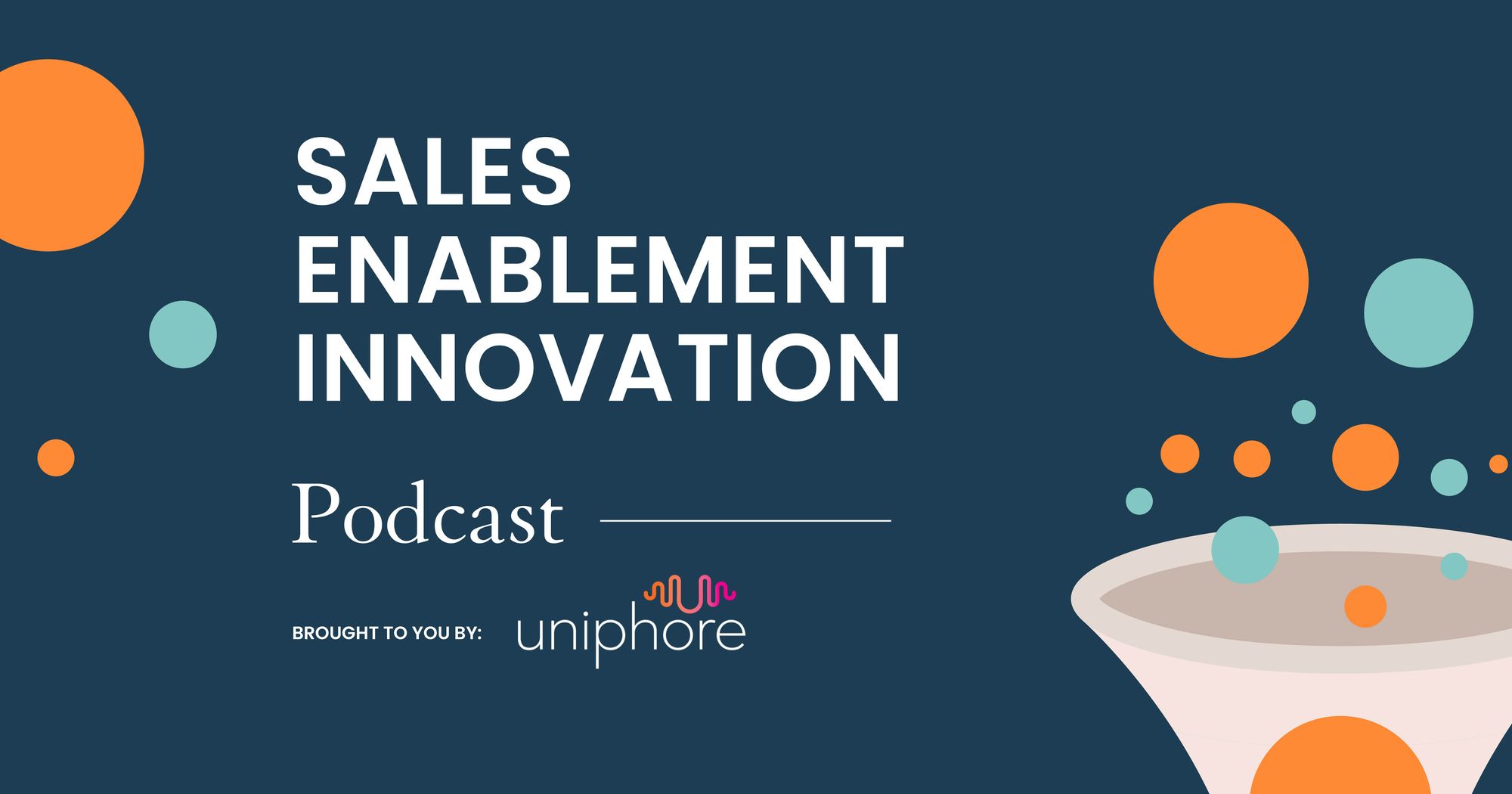This article comes from Tjeerd Veninga’s talk, ‘Changing behavior – The good, the bad, the ugly… and a way that actually works’, at our 2023 Amsterdam Sales Enablement Summit, check out his full talk here.
Old habits die hard, especially when money is on the line. So how do you transform decades-old sales approaches across an organization?
In my 15+ years in sales enablement at companies like Microsoft and MessageBird, I've banged my head against the wall many times trying to get teams to embrace new skills.
While I don't have all the answers, I've picked up some hard-won lessons on the good, the bad, and the downright frustrating parts of transforming behavior.
In this article, I want to share my key takeaways to help fellow enablement leaders and frontline managers drive real change. I'll take you through my failures and successes, organizing it into "the good, the bad, and the ugly."
My goal is to provide practical tips you can start applying now to motivate your teams. So, let’s dive right in!
The ugly: Why changing behavior is so hard
We all know driving real change is hard. As Mark Twain famously said, "I'm all in favor of progress; it's change I don't like."
Customers initially get excited about new ideas and progress. But when it comes time to actually change entrenched habits and behaviors, resistance invariably crops up.
On the sales enablement side, we often see that simply providing training isn't enough to produce real changes in seller behavior with customers.
The metrics may look good on paper, but out in the field, reps quickly revert back to old habits.
On the business side, appeals for more training or feedback from customers frequently fall flat. Mandating actions doesn't work well either, as sellers resist top-down edicts.
So why is driving change so difficult? I've learned it comes down to three core challenges:
1. Under pressure, people revert to old behaviors
When the stakes are high, people rely on entrenched habits - even if they've just received state-of-the-art training on new best practices. Fear of failure outweighs the motivation to change.
2. Big goals feel overwhelming
Launching a major new initiative for the sales team can seem like an impossibly large mountain to climb. Even if sellers make significant progress, falling short of the ultimate goal still feels like failure.
3. Rational motivations aren't enough
Appeals to logic rarely provide sufficient motivation on their own. Telling sellers they'll earn more commission from a new product doesn't necessarily get them to change decades-old habits.
The bad: My early failed attempts
Armed with these challenges, I set out to transform my sales team's skills at various companies.
Unfortunately, my first few attempts failed to drive real behavioral change, despite seeming successful on the surface.
Attempt #1: Inspiring training without coaching
At Microsoft, we needed to train 15,000 sellers on how to shift from selling on-premises solutions to cloud-based ones.
It represented a major change in everything from conversational approach to deal negotiation.
I created what seemed like inspiring e-learning modules, videos, and other tools. Participation rates were sky-high, and survey feedback was extremely positive. But out in the field, rep behaviors stayed stagnant.
The training simply didn't lead to change.
Attempt #2: Layering coaching on top
Realizing we needed more than just training, we added intensive in-person coaching. Sellers role-played new scenarios and got detailed feedback from managers.
This time, we saw real improvement in reps embracing cloud-based sales. But coaching introduced new problems.
Sellers resisted being critiqued and avoided scheduling coaching sessions. Managers struggled transitioning from directing to coaching.
Attempt #3: Still falling back on old behaviors
Even with coaching, sellers struggled to apply new skills in high-stakes customer conversations.
At the first objection, they reverted back to old comfort zone product pitches.
The good: A cadence that works
After multiple failures, I finally developed a practical approach to driving adoption of new seller skills, which I recently implemented with a 15-person SDR team at my new company.
Rather than one-off training, we created a four week onboarding cadence blending different modalities. Here are the key elements:
💤 Start with low-stress practice opportunities
On day one, we presented a sample outreach email and had the group critique it on Slack. This instantly got them thinking critically and learning without any formal training.
Short microlearning bites and informal polls provided low-key opportunities to introduce concepts.
📢 Use coaching to ingrain new habits
We paired new SDRs with seasoned reps for coaching sessions to practice real outreach and get detailed feedback. Both partners gained insights from these exchanges.
🏅 Make learning social and fun with competition
A culminating team competition replaced stressful exams. SDRs learned from watching peers' presentations and provided constructive feedback. The contest format motivated engagement.
🔄 Reinforce concepts through repetition
We repeated core ideas across multiple formats over the 4 weeks. Consistent repetition helps new approaches sink in.
🔍 Provide optional opportunities to dive deeper
Optional learning sessions, content libraries, and Q&A office hours let people self-direct deeper dives on areas of interest.
🫶 Use positive framing and motivation
Rather than scolding sellers, we focused on positives like becoming better at their craft and working as a team. Aspirational emotions are more powerful change motivators than fear.
📝 Expect iteration
Driving change doesn't happen overnight. We anticipate running updated versions of the cadence to meet evolving needs.

Key takeaways for changing behavior
Through plenty of trials and errors, I've learned a few key lessons that I hope resonate with you:
- Change takes time. Quick hits don't work. Create extended journeys that give people space to practice and reinforce new skills.
- Blend modalities. Layer different learning tools like microlearning, coaching, and competitions to drive engagement.
- Appeal to emotions. Rational arguments aren't enough. Connect with people's intrinsic desires for mastery and teamwork.
- Meet people where they are. Provide optional and social learning opportunities instead of mandated activities.
- Practice makes perfect. Repeatedly applying new approaches cements them into habits that stick under pressure.
- Engage managers in coaching skills. Sales leaders need as much training on providing coaching as frontline sellers do on new selling skills.
- Stay positive. Motivate with support and competition instead of criticism.
- Keep iterating. Behavior change is a moving target requiring constant refinement and evolution.
The path to true transformation is bumpy, but by keeping these principles in mind, I believe enablement leaders can get closer to our shared goal of driving change.
Final thoughts
And that's a wrap! I hope sharing my lessons learned helps shed some light on the good, the bad, and the ugly of transforming sales behavior.
Driving real change is tough work. Believe me, I have the bruises to prove it! But with the right mindset and tools, it IS possible to build new habits across teams.
Changing behavior is a journey, not a moment. Take it step by step, learn as you go, and don't beat yourself up.


Sales enablement insider
Thank you for subscribing
Level up your sales enablement career & network with sales enablement experts
An email has been successfully sent to confirm your subscription.
 Follow us on LinkedIn
Follow us on LinkedIn





